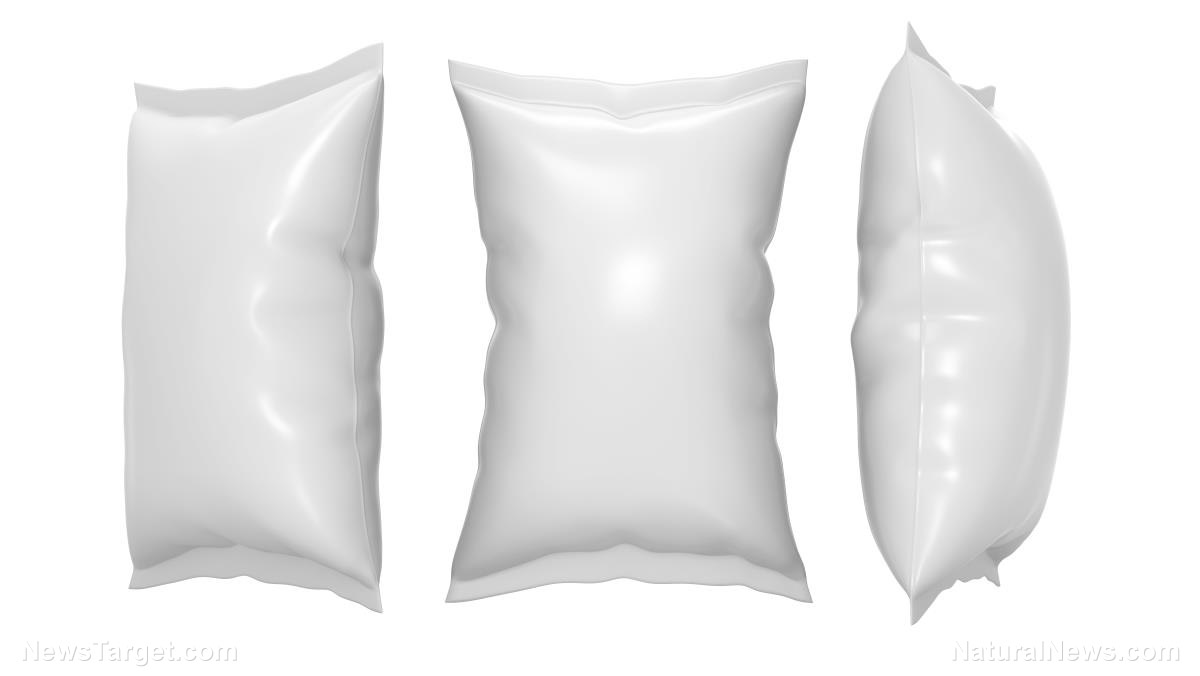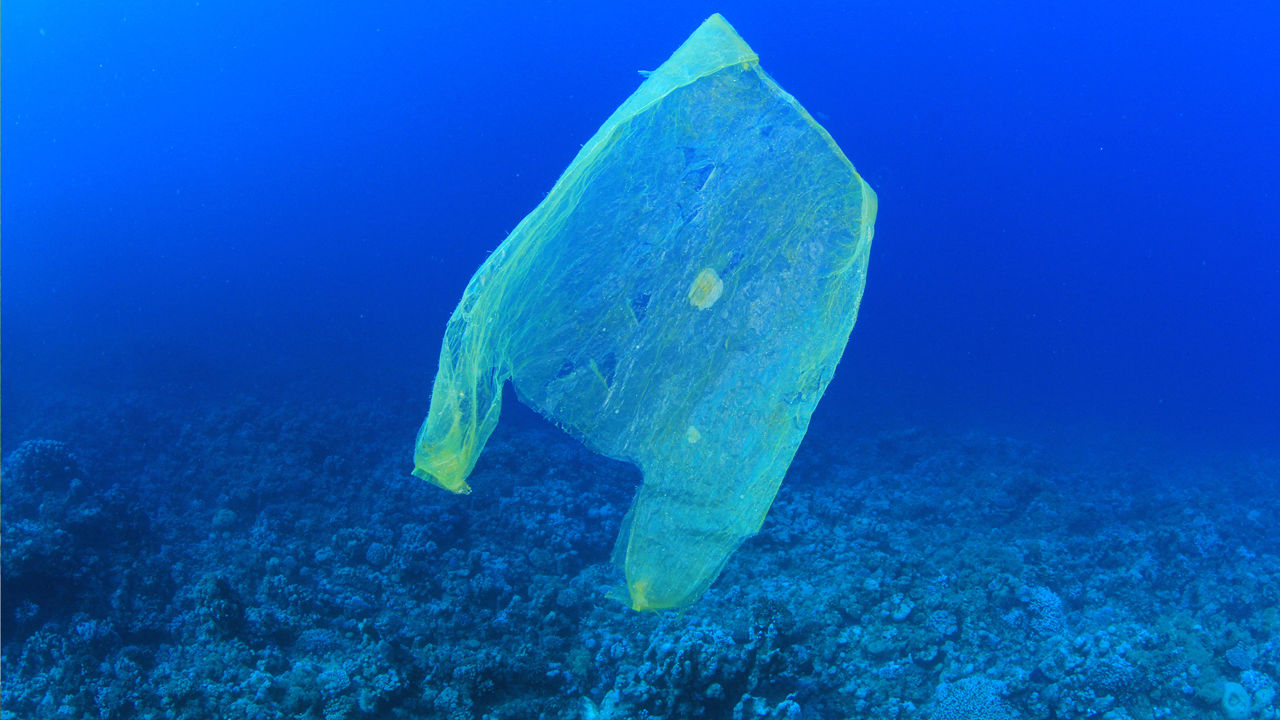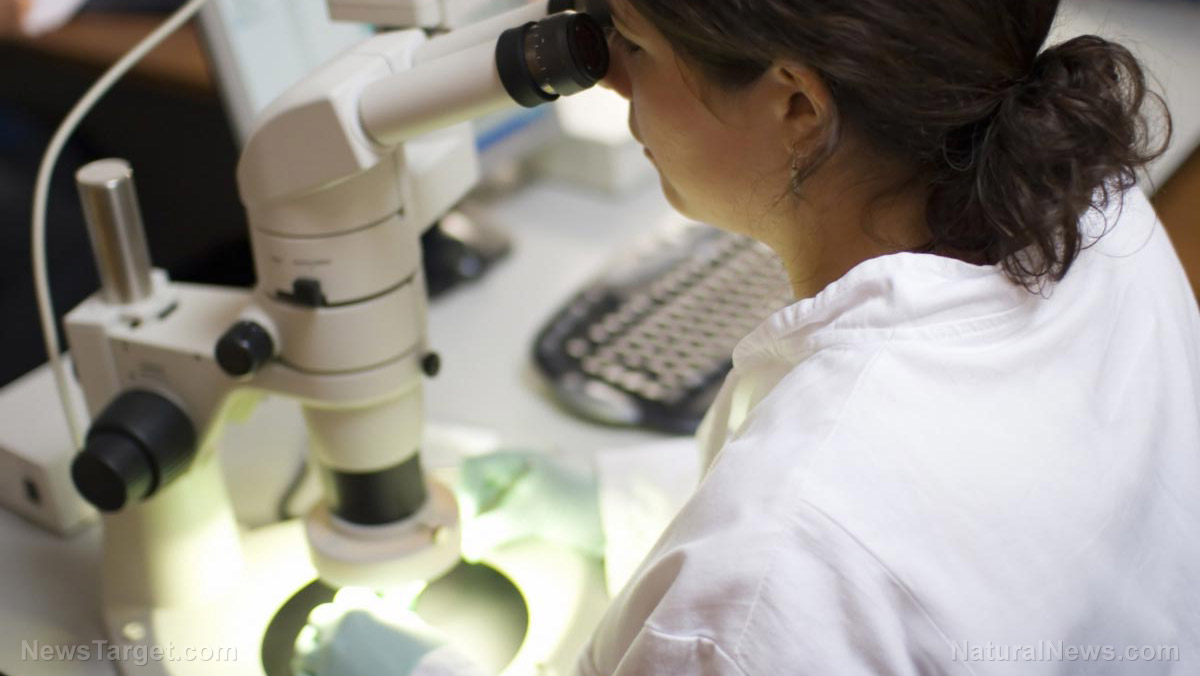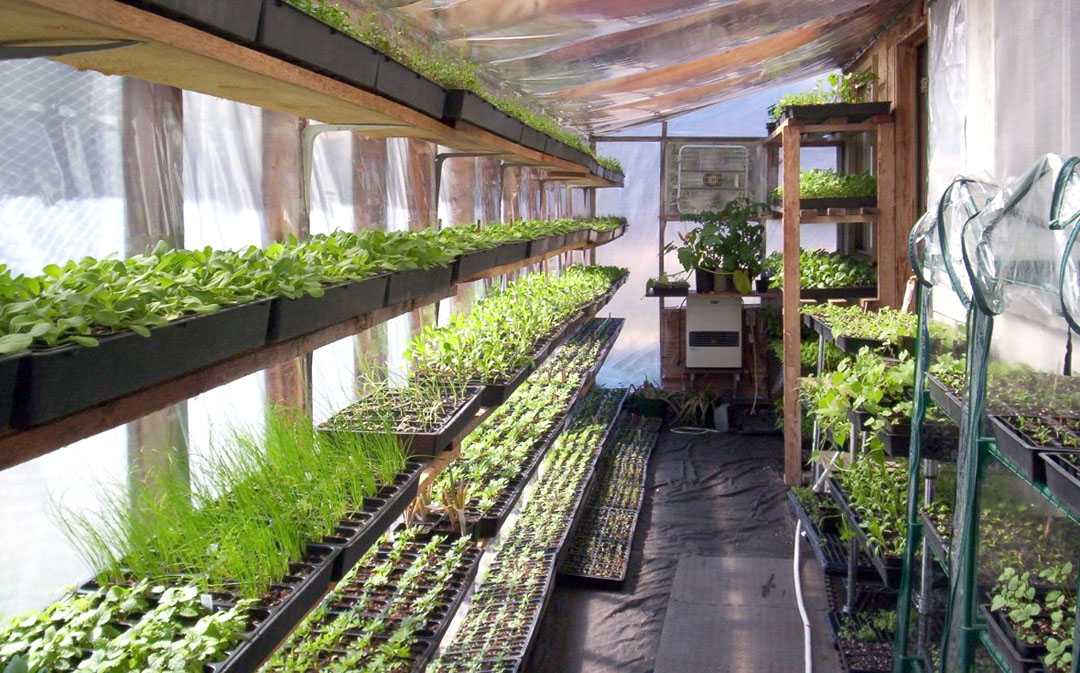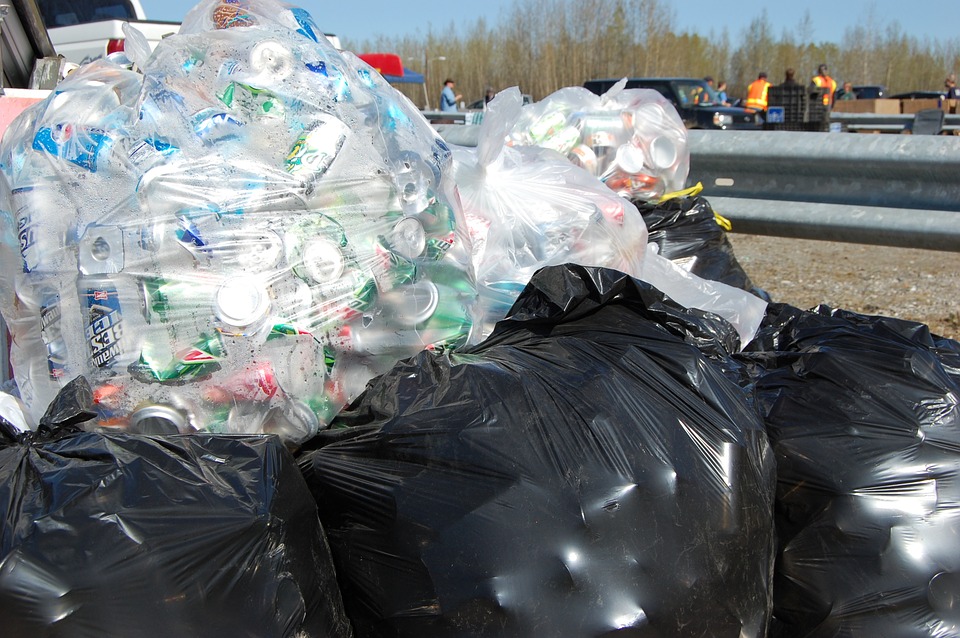Scientists figure out how to make ethanol from carbon dioxide; can we stop growing GMO corn for fuel now?
01/09/2019 / By Russel Davis

A recent study that was published on the Proceedings of the National Academy of Sciences website revealed a new way of producing ethanol without the need for corn or other crops, providing a new avenue for sustainable ethanol production.
Vehicles in the United States run on a fuel blend consisting of 90 percent gasoline and 10 percent ethanol, which is renewable fuel generated from processed corn. However, producing the estimated 14 billion gallons of ethanol that is consumed by U.S. drivers every year could mean that millions of acres of farmland would be needed to propagate corn and other ethanol-producing crops.
To potentially address this, a team of researchers at Stanford University examined three samples of crystalline copper with varying atomic arrangements. The crystals were grown on top of large wafers of silicon and sapphire in order to come up with bigger samples. The copper-based electrode samples — copper (100), copper (111) and copper (751) — were then placed in water, exposed to carbon dioxide gas, and subjected to electric voltage to determine their electrocatalytic performance.
The research team found that electrodes made of copper (751) were more selective to liquid products, such as ethanol and propanol, compared with electrodes made of copper (100) or copper (111). According to the scientists, the atoms in copper (751) were farther apart compared with the other two electrode samples. As a result, the said atoms were more likely to form stronger chemical bonds to incoming reactants such as carbon dioxide. This could be a major contributor to the electrode’s greater selectivity to higher-value products such as ethanol and propanol, a researcher said.
“One of our long-range goals is to produce renewable ethanol in a way that doesn’t impact the global food supply…The eye on the prize is to create better catalysts that have game-changing potential by taking carbon dioxide as a feedstock and converting it into much more valuable products using renewable electricity or sunlight directly. We plan to use this method on nickel and other metals to further understand the chemistry at the surface. We think this study is an important piece of the puzzle and will open up whole new avenues of research for the community,” study principal investigator Thomas Jaramillo told Science Daily.
Breakthrough study accidentally converts CO2 to ethanol
The recent study was not the first time that carbon dioxide was used in ethanol production. In 2016, a team of researchers at the Department of Energy’s Oak Ridge National Laboratory accidentally discovered that adopting a certain electrochemical process may convert the gas into ethanol.
To carry out the study, the research team used a catalyst comprised of carbon, copper, and nitrogen. The team then applied voltage to the catalyst to generate a complicated chemical reaction that practically reverses the combustion process. By using the catalyst, the scientists were able to dissolve a carbon dioxide solution in water and convert it into ethanol. (Related: Ethanol raises ozone pollution more than petroleum.)
“We’re taking carbon dioxide, a waste product of combustion, and we’re pushing that combustion reaction backwards with very high selectivity to a useful fuel. Ethanol was a surprise – it’s extremely difficult to go straight from carbon dioxide to ethanol with a single catalyst. By using common materials, but arranging them with nanotechnology, we figured out how to limit the side reactions and end up with the one thing that we want,” lead author Adam Rondinone noted on the Wired U.K. website.
Researchers said the catalyst’s unique nanoscale structure, which features copper nanoparticles embedded on carbon spikes, played a major role in its efficacy in ethanol conversion. Using the carbon, copper, and nitrogen as materials for creating the catalyst also proved to be more economical, compared with using expensive or rare metals such as platinum.
Sources include:
Tagged Under: BioFuel, carbon dioxide, Ecology, environment, ethanol, green living, renewable energy, renewable fuel



